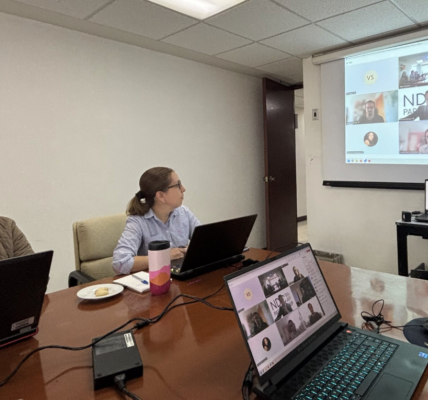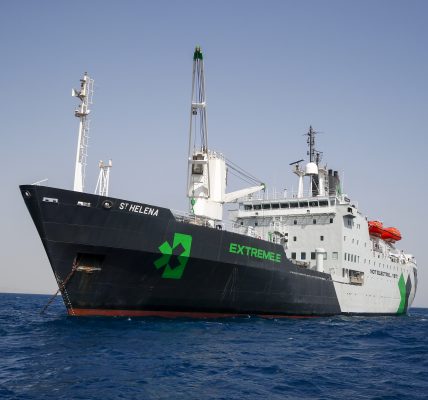An article by Alexis Leroy
All discussions at COP28 will have as a starting point the results of the Sixth Assessment Report on climate change published in March 2023 by the IPCC, which states that, despite the best efforts, the Earth is on track to suffer a warming of more than 3°C this century, well above the 1.5°C target.
The window of opportunity is closing, the time to act is now and COP 28 has to be, more than ever, the scenario where governments and companies commit to fulfill the promises they have made in the last two decades and which are still far from being achieved.
Given the bleak outlook and the urgency to act, carbon markets are still the most effective and practical response to start delivering on those promises.
Carbon markets are not yet perfect mechanisms, but they work and have a direct impact on communities and the environment. There is still much room for improvement and they continue on a path to be more transparent and equitable.
A self-regulated path to emission reduction
For example, the voluntary carbon market -VCM- has been built in a consensual manner, seeking best practices and innovating solutions that allow compliance with the emission reduction goals established in the Paris Agreement.
Likewise, companies that enter the carbon market tend to follow their emissions reduction path more quickly.
“Since the market operates on a global scale, it is difficult for a single government or entity to regulate it effectively,” IETA assures.
Thus, the VCM is a self-regulated and decentralized market where buyers and sellers of carbon credits trade bilaterally through various transactional platforms, and where participants adhere to standards and guidelines developed by independent organizations on a voluntary basis.
Through these standards and guidelines, the aim is to ensure that the market operates in a transparent and credible manner, therefore, with quality.
However, more and more standards and methodologies are emerging, and the types of projects are diversifying, “a sign of a healthy, growing, innovative and competitive market,” says IETA. But at the same time, adds IETA, “different points of view arise about what quality is“, a situation that takes credibility away from the market and lends itself to misinterpretations and bad practices by some actors, harming the whole market.
The way to give the market the credibility and transparency it needs is to achieve an “aligned definition” of the criteria for quality and equity of carbon credits, since the lack of such a definition has generated uncertainty in the market and imbalances in the formulation of the price of credits, causing the producers of the credits, which in many cases are countries of the Global South, not to achieve a real economic and social benefit from the sale of carbon credits.
International collaboration for a sustainable future
In pursuit of this aligned definition, in October 2021, during the Latin American and Caribbean Climate Summit, 15 countries and Conservation International signed the “Fair Carbon Markets Declaration“.
In this declaration, the signatory countries recognize the importance of national, regional and international carbon markets as effective instruments for reducing greenhouse gas emissions at lower cost, innovation, facilitating the transfer of clean technologies, promoting sustainable development and positively impacting territories.
They also commit to promote fair carbon pricing systems as a tool to reduce GHG emissions in a cost-effective and equitable manner for all countries and sectors involved.
Achieving fair pricing in the carbon market implies “equitable revenue sharing between abatement countries, communities and developers of emission reduction projects in developing countries”.
It also implies strengthening systems for measuring, reporting and verification (MRV) of greenhouse gas emissions and emission reductions, in line with national MRV and UNFCCC provisions, as a necessary basis for the coordination of carbon markets.
What we hope will happen at COP28 is that these and other ideas from all the actors involved in curbing global warming will lead to real agreements that, among other things, will unlock the carbon markets, generate certainty to encourage investment, achieve greater market liquidity and promote and strengthen competitiveness, guaranteeing a quality market.





